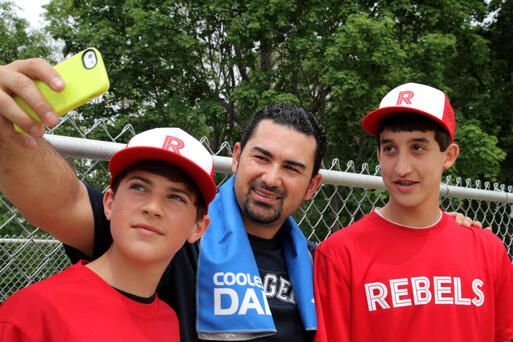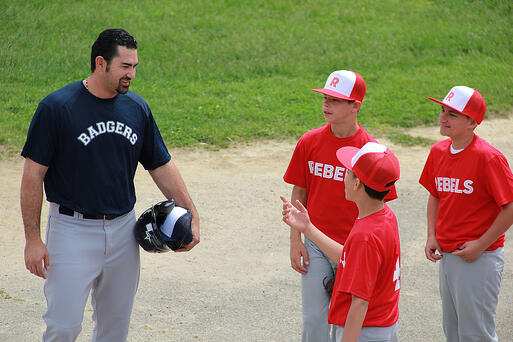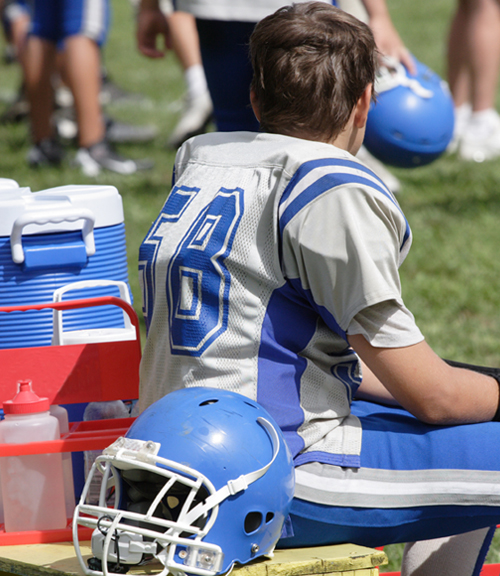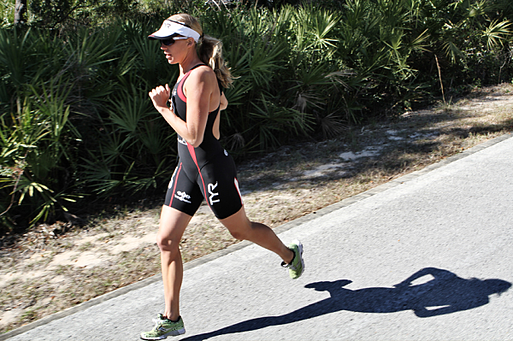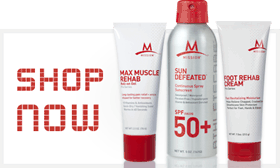
Still don’t know what to get Dad for Father’s Day? We were having trouble figuring it out at MISSION, so we put together a list of what we think are the TOP TEN gifts for active, summer loving dads this year!
10. MISSION Athletecare EnduraCool Instant Cooling Towel
Whether it’s a round of golf, an afternoon on the tennis courts or a day by the pool, what better way to keep Dad feeling refreshed than with one of these?! Did we mention that these come in Dad’s favorite NCAA and MLB team styles too? $14.99-$19.99 from Mission
9. Outdoor Speakers

When Dad comes home from a long day at work and wants to relax or is looking for some entertainment while he swims laps at the pool, a set of wireless outdoor speakers can definitely get the job done! All he has to do is plug in his stereo or MP3 player and he is seconds away from filling your yard with the sounds of his favorite band. $149.99 at Brookstone
8. LED Lighted Golf Balls

Maybe Dad likes to go out on the course to hit a couple of balls late at night? Or maybe he gets up at the crack of dawn to work on his swing? Either way he can be sure to never lose a ball again with a set of light-up golf balls! $24.99 on Amazon
7. Hammock

Dad works hard and he deserves some relaxation in the fresh air! What better way to do this than with a brand new hammock? This will definitely let his worries drift away while starring off into the summer sky. $379.00 at Brookstone
6. MISSION Athletecare Sports Kits


Does your Dad want to hit a hole in one like Sergio Garcia? Or maybe he wants to rule the tennis courts like Serena Williams? Either way MISSION has worked with our athletes to put together a survival kit for the golf or tennis player in your life! So treat dad to a perfect game and make sure he is prepared to play his best in the summer sun. $25.50 from Mission Athletecare
5. iGrill

What’s Father’s Day without a barbeque? The iGrill is the ultimate grilling thermometer that allows you to track four meat temperatures simultaneously all via Bluetooth on their app! Maybe if you give Dad his gift early enough you can enjoy a delicious steak for Father’s Day dinner. $99.99 from iDevices
4. Flex Wireless Activity and Sleep Wristband
Help Dad stay in shape in the most convenient way possible! Flex is a slim wristband that tracks your activity and how many calories you burn during the day and your sleep patterns at night. The best motivation Dad needs to get going is smaller than the average watch. $99.95 from Fit Bit
3. Floating Pool Cooler
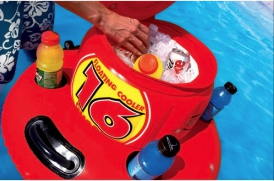
It’s not good enough for Dad to just stay cool in the pool this summer, it’s important for him to stay hydrated too! Make sure his thirst is always quenched whether he is swimming laps or relaxing on a raft. $49.99 at Dick’s Sporting Goods
2. Backyard Games



The opportunities for outdoor summer fun are endless with any of the backyard games that are popular this summer season! From $39.99 at Dick’s Sporting Goods
1. MISSION Athletecare Enduracool Father’s Day Towel Kit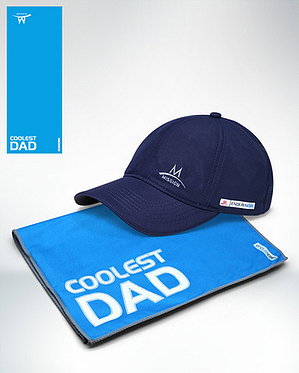
Show your Dad why he’s the coolest! No matter what he does this summer people will know how great he is with any of our limited edition Father’s Day towels! Pair that with our Instant Cooling Cap and he is ready to take the heat. $30.00 from Mission Athletecare









